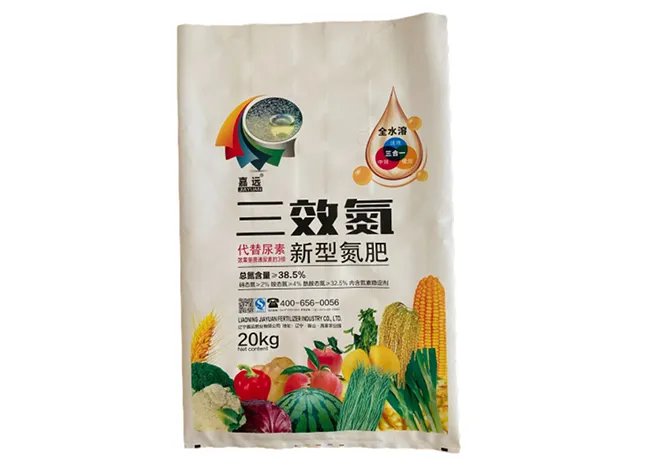The Environmental Impact of Cloth vs. Polythene Bags
In today’s world, the choice between cloth and polythene bags has become increasingly significant as environmental concerns continue to rise. The convenience of plastic bags has long been hailed as revolutionary, but the hidden costs to our planet are becoming impossible to ignore. In this article, we will explore the environmental impact of cloth and polythene bags, shedding light on why making the right choice is critical for our future.
The Environmental Impact of Cloth vs
. Polythene Bags
Plastic bags are typically made from polyethylene, derived from fossil fuels, which contributes significantly to greenhouse gas emissions throughout their lifecycle—from extraction and production to disposal. Although plastic bags are recyclable, the reality is that a substantial percentage of them end up in landfills or, worse, in oceans and other natural habitats. In fact, millions of marine animals and countless birds die each year due to plastic ingestion and entanglement. Once in the environment, polythene bags can take hundreds of years to decompose, leading to long-lasting pollution that affects ecosystems and human health alike.
cloth polythene bags
On the other hand, cloth bags offer a more sustainable alternative. Made from natural fibers such as cotton, jute, or hemp, cloth bags are more durable and can be reused many times over. Unlike plastic bags, which are designed for single use, cloth bags promote a culture of reusability and sustainability. While the production of cloth bags does have an environmental impact, it is important to consider the total lifecycle of the product. A single cloth bag can replace hundreds of disposable plastic bags over its lifetime, significantly reducing waste.
Moreover, cloth bags often possess a unique aesthetic appeal, with various colors, patterns, and designs that cater to personal preferences. Many businesses have started to promote cloth bags as branded merchandise, simultaneously encouraging eco-friendly practices and enhancing their brand image. This shift not only contributes to waste reduction but also raises awareness about the importance of sustainability among consumers.
However, it is crucial to acknowledge that not all cloth bags are created equal. The environmental footprint varies based on the type of material used, the methods of production, and the distance traveled to reach consumers. For instance, cotton bags require substantial water and pesticide use during cultivation, making them less sustainable than jute or recycled materials. This underscores the importance of supporting ethically produced and environmentally-friendly options when choosing cloth bags.
In conclusion, the debate between cloth and polythene bags is not merely about convenience; it is a matter of environmental responsibility. While plastic bags present immediate benefits, the long-term implications for our planet are dire. Cloth bags emerge as a viable alternative that fosters sustainable practices, reduces waste, and encourages conscientious consumer behavior. Ultimately, the choices we make in our daily lives can significantly impact the health of our planet. By opting for cloth over polythene, we take a step toward a more sustainable future—one that values environmental integrity over fleeting convenience. It is imperative for each of us to consider the implications of our choices and strive to make a difference, starting with something as simple as the bags we use.